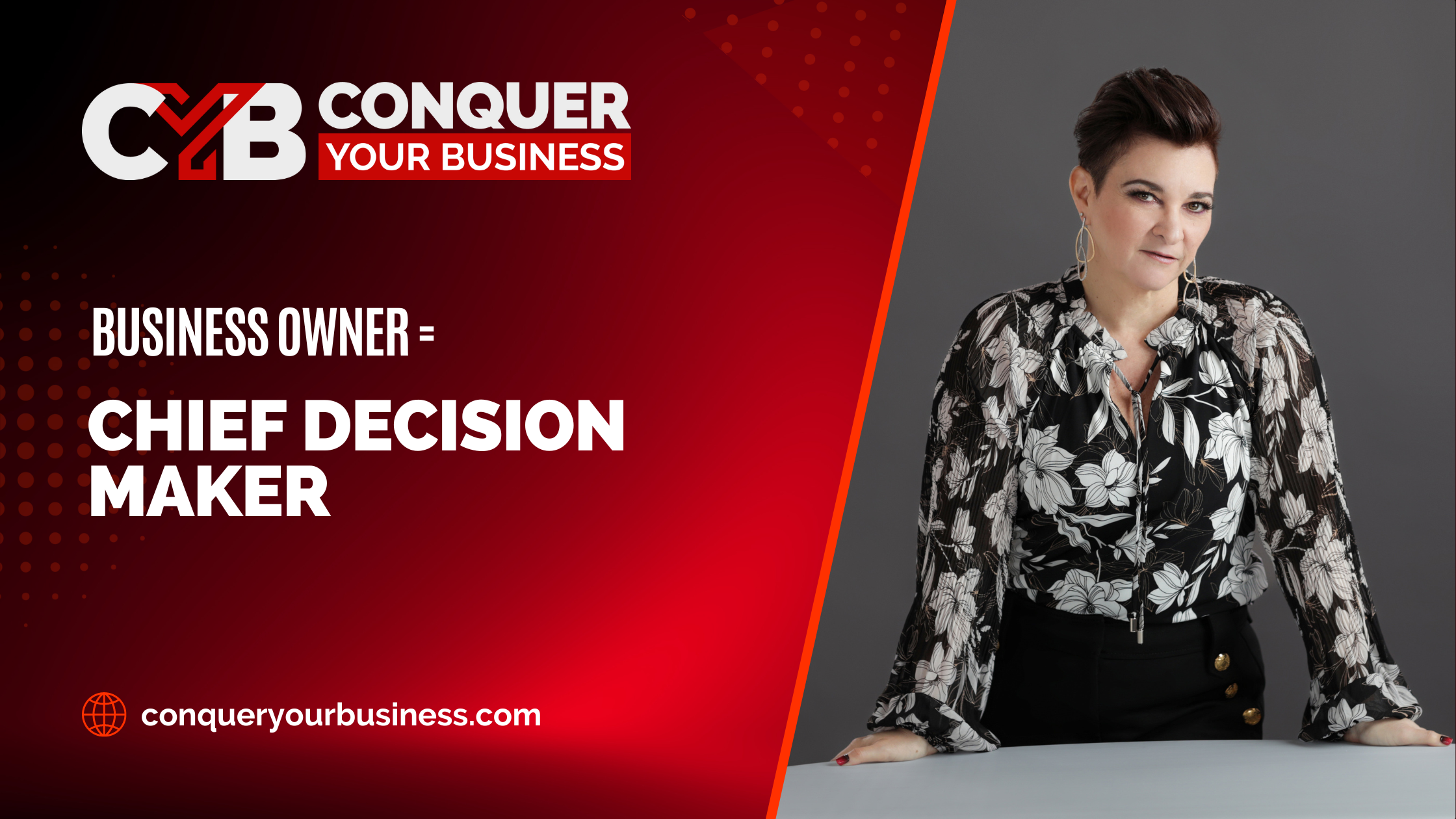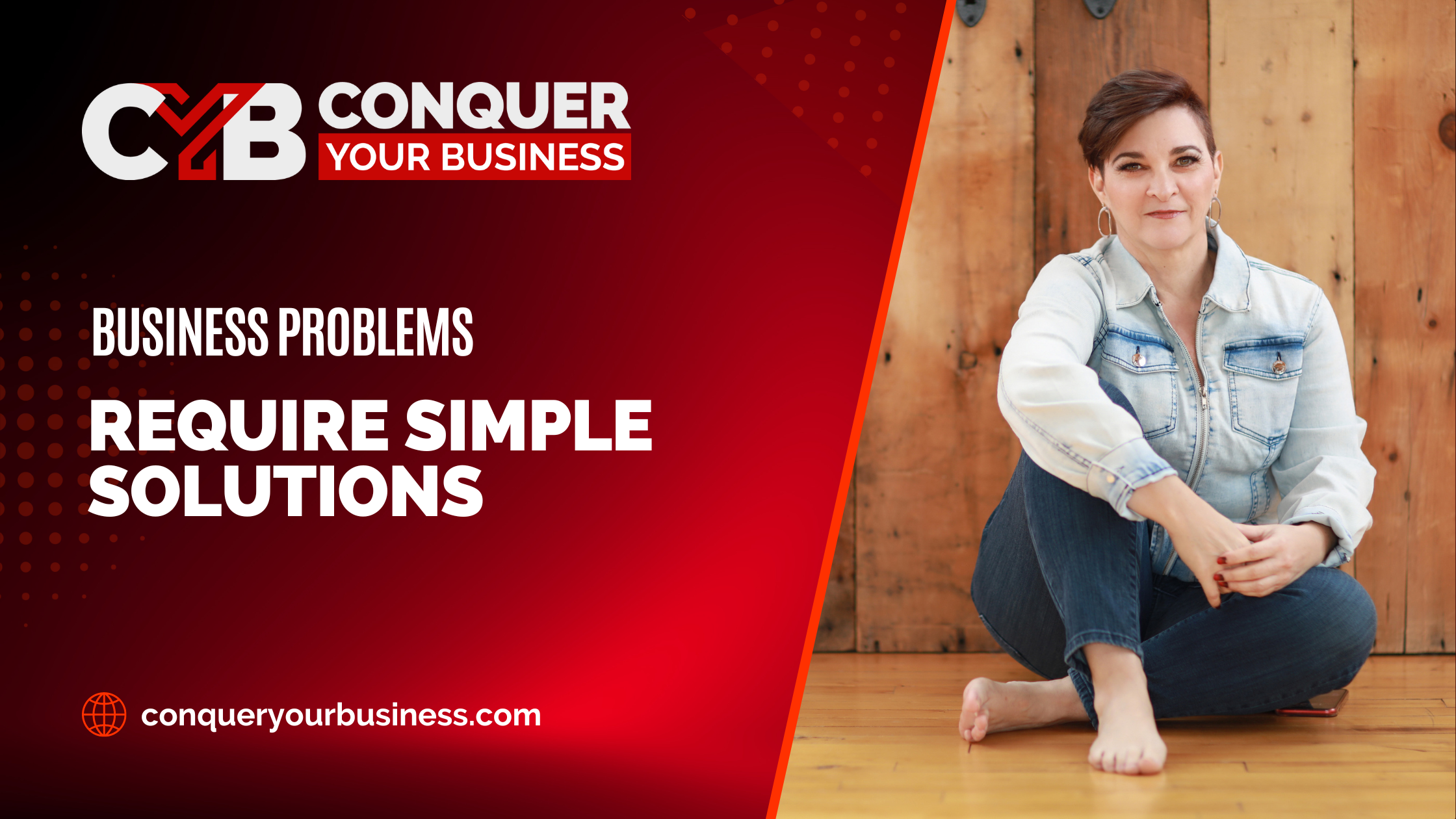Your market position, or the image that you portray to a consumer, is an important part of creating your marketing plan. By creating a cohesive, intentional market position, you can let people know what to expect when they hire you or purchase your product. There are four categories that I use when creating a brand’s marketing plan based on market positioning: emotion and feeling, availability of services, quality of services, and pricing.
Using Emotion and Feeling to Determine Market Position
The first criteria to use when determining your brand’s market position is the emotion or feeling that you want your business or brand to elicit from people. This is important because you can have the same product, with the same solution, and the same outcome as another company that offers similar services, but with different emotions and feelings around the delivery of that service.
Using an example from my own industry as a coaching consultant, many coaches offer fulfillment retreats in which a group of clients go away together to learn and implement a skill, like how to implement a marketing strategy. Two different companies could offer that same solution of a retreat in which the client walks away with a tangible marketing plan in-hand.
One business is a luxury coaching business, and their retreat is at the Four Seasons in downtown Chicago, and offers a highly curated, upscale downtown experience. The other business has an outdoorsy focus, so their retreat takes place at a ranch in Montana with cabins or glamping and team building outdoor activities.
Their outcome is the same in that the skills their attendees walk away having learned could be the same, but the feeling and the emotion that they are looking for is much different, and that goes into their market positioning. One is upscale and urban, the other more outdoorsy and natural.
Using Availability to Determine Market Position
The ease of availability of your services is another way that conveys your market position. People view products or services that are not readily available as having more value. It is the reason so many companies now offer limited edition versions of their products.
The feeling of exclusivity makes the limited edition items much more appealing, and customers rush to make their purchase before the items sell out. If you have a business model in which you only provide access to your offers and programs on a limited basis, your business may be viewed as more exclusive and of a higher value.
This is why some coaching programs offer waitlists to accept new clients, to give that feeling of being admitted to an exclusive, and therefore more valuable program. If you can only enroll in the program at certain times of the year, you will want to sign up before you miss out on the opportunity, and it will feel more special that you made it in before the cut-off.
Using Quality to Determine Market Positioning
Quality is a third way to look at market positioning. This does not mean to do a bad job in serving your clients. You should always do the best job that you can do at the price point you are offering. In the coaching and consulting industry there are coaches who serve large groups of clients at once for a low monthly cost, and there are coaches who serve only private, individual clients for a much larger fee. The quality of the coach’s information is quite possibly the same, but the experience of receiving coaching in a large group versus one-on-one is quite different.
A good example of this is in the retail world. When we think of Walmart, we think of low price, lower quality items. If we want the most luxurious, fanciest version of something, Walmart is not the place we are likely to shop. You can purchase patio furniture, for example, at Walmart and it will be perfectly fine and allow you to enjoy your outdoor space. But if you want luxury, high-end patio furniture to make your space look right out of magazine or to last a very long time over many seasons, you are going to shop at Frontgate or Williams Sonoma.
When you think of those brands, and think of the patio furniture you might purchase, you can predict the Walmart version versus the Williams Sonoma version. The same holds true for your business. There’s nothing wrong with being Walmart or Williams Sonoma. You just need to know who you want to serve and how.
Using Pricing to Determine Market Positioning
The final piece of determining your market position is price. Businesses run into problems when the pricing of their product or service is not in alignment with the other three factors mentioned above. The quality, availability, and the feeling associated with the product or service need to match the price.
For example, if you are trying to provide a low cost option with unlimited access like a membership site or a DIY course, but pricing it too high, you will have a hard time selling it. Conversely, if you are offering a high-quality, exclusive, one-on-one service but pricing it too low, not only will you run out of money, but potential clients will think that something is off. They might not be able to pinpoint why they feel that way, but they will back away slowly because they do not trust that they will get the results that you promise. The emotion and quality aren’t in alignment with the price.
I want to reiterate that there is no wrong answer when it comes to which market position you choose. You can choose to be a low cost leader, and you can choose to be an exclusive, high-end, luxury brand. Neither are wrong, as long as you do it on purpose. There is nothing wrong with offering a low-cost option, as long as you do it on purpose, and not because you are settling because you were afraid to be a high-end brand, or because you could not figure out how to do the work and become the high-end option.
Your Brand Should Reflect Your Market Position
All of the elements of your brand should reflect your market position. Your visuals must be in alignment with all of these pieces. If you are trying to create a highly exclusive, very expensive, fancy, urban, elevated, curated experience, but then you have a clearly DIY landing page instead of using a graphic designer, your visuals are not going to support the market positioning that you worked so hard to create.
The language that you use also needs to support your market position. This does not mean that you have to be formal all the time. You can still be personable, but you have to use the language that someone would expect you to use based on the market position that you have chosen.
All of your branding goes together; it’s all interactive, and it must always be in alignment. Otherwise, you will have a difficult time turning prospects into clients. Whether you are trying to make your offers widely accessible to many people, or trying to create a very high-quality, exclusive situation is totally fine. There is no wrong answer as long as everything is in alignment and consistent.
Using Market Positioning to Create Your Marketing Plan
When you combine your market position from this article along with the articles we have shared the past two weeks, Determining What to Say to Market Your Business and Create Your Marketing Plan for Your Business, you will have a very thought-out, complete, fulfilling marketing plan.
Not only can you use this plan for marketing, but you can use these answers for all of your business decisions. As you create new services or physical products, you can ensure that they are in alignment with your brand and your business goals.
To schedule your conversation with us, click on Book a Discovery Call.




